2024 – CHW
To Burncoose to deliver the 2025 catalogue proof at its first stage.
Agapanthus ‘Royal Velvet’ is quite stunning today.
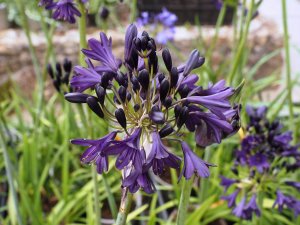
2022 – CHW
To Loxley in Warwickshire and a cottage garden with great interest.
A fine Clematis viticella ‘Dark Eyes’ growing up through an apple tree.
Clematis viticella ‘Dark Eyes’
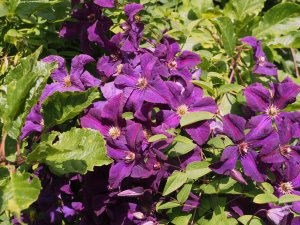
Osborne House is run by English Heritage so they nearly refused entry since I had not prebooked. I was then asked if I was an OAP? When answering I was told it was the wrong answer and charged £14.50 to enter just the gardens (not house).A one way system in the walled garden and no entry to the display greenhouses ‘for your safety’! The rose garden looked a bit unexciting.If only they bothered to label a bit more herbaceous stuff in the walled garden and more of the specimen trees in the parkland the public might learn something. Generally the woodland garden well maintained even if little new planting apart from annuals around the house.Managed 103 ‘nicely’ plant photographs in two hours. Even more than at Ventnor. It is tedious driving everywhere at 20mph on the island’s dreadful roads.The climbing Rosa ‘The Garland’ was especially good. A very old variety but it ought to be more widely grown.
I have now rather got the bug for this wildflower business!This is purple loosestrife, Lythrum salicaria, growing outside the front gate and, thankfully, spared during last week’s grass cutting. It is more common in a band across mid Cornwall than elsewhere and has been recorded by botanists ‘only’ 800 times since 1999. I have seen this more often growing in and around the water meadows.
Hosta sieboldiana ‘Elegans’ growing in full shade under a camellia.
2019 – CHW
A visit to Godshill Model Village which is basically a topiary or bonsai garden for children based around conifers. Extremely well planned and planted with immense amounts of pruning and trimming to give a superb overall effect. My only worry was that with no labels at all it was hard to recognise enough of the conifer varieties myself. Free entry to RHS members though which saved £4.95! Godshill is otherwise a ghastly tourist trap and full of dumb elderly UK tourists looking bored and oceans of tat for sale in many gift shops. Plenty of very bored fat dogs too in the Model Village which were even worse than the children. Not many RHS members there today!
Unusual clipped and pruned conifer combinations:
Cryptomeria japonica ‘Sekkansugi’ and Metasequoia glyptostroboides ‘Gold Rush’
The only thing to cheer one up here on a sweltering day is to visit Ventnor botanics. ‘The Beast’ has made a fair dent in some of the more tender things but most are rallying. Nothing is ever as bad in the garden as it seems at the time of the trouble.Agapanthus, canna and hedychium are about three weeks later than last year and still not yet out. The Cantua buxifolia was nearly dead but not much else. Here is a bit of a summary of what I found.Portulaca grandiflora decimated by the cold in spring. Odd bits survive out of the wind and the odd flower.
Stop and marvel at the peeling bark on Rhododendron stenaulum. We have just pruned other things away from it so that you can see the peeling on the trunk, branches and smaller stems in all their glory. A great natural spectacle which few will have observed on this extraordinary plant. The species has been renamed Rhododendron moulmainense but will always be stenaulum to me.
The new wind turbine was delivered to Pittsdown yesterday and they started erecting straightaway. Here are some photos of it coming over the bridge in Tregony. There is a nice scuff on the last one and the bridge!
2015 – CHWTo Buzy Bees Garden Centre on a photography mission and to try to find worthwhile and popular ‘new’ plants for next year’s Burncoose catalogue. Huge expense on revamping this enormous concrete shed with a few plants (windblown) outside. Pricing not that expensive. Roses all from Harkness so nothing much here that we stock.
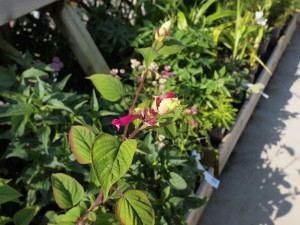
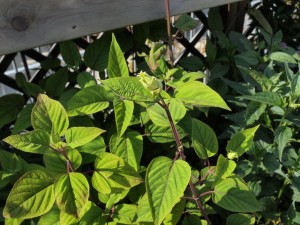
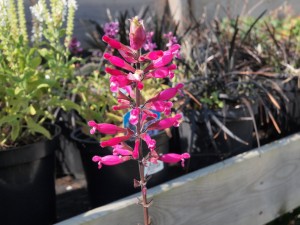
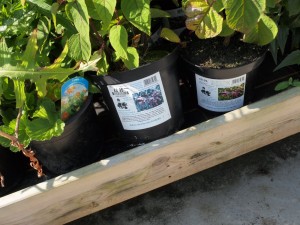
2004 – FJW
Visit to Caerhays of Roy Lancaster.
Visited the new areas in the 40 Acres and Old Park for the first time. The first knowledgeable outsider to see them.Knowledgeable considering if they exist do not visit gardens these days.
Trip around parts of the Castle Garden. He met old friends he had first met 40 years ago.
He brought some very interesting plants with him for the garden.
He lectured for 2 hours in and round and after a hard day, talked until midnight!
A wet period but no rain fell on this day.
1994 – FJW
June was fairly dry (3 good days for the Royal Cornwall). Not very hot and rain every 3 or 4 days. Picked flower of Camellia 1. Konron Jura 2. Hawaii
1925 – JCW
Griersonianum and maddeni hybrid (late one) are the best rhodo’s but a number of good Dichroanthum are giving bits of flower. R Brunonis is very good, also American Pillar and L giganteums – Romneya nice.
1897 – JCW
Desfontainea’s at their best. I planted Rapid on the road to the Kitchen Garden. (1925 is yet there and never increased).





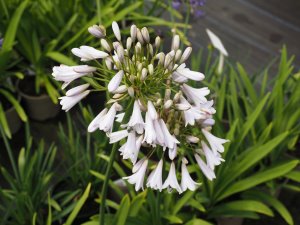
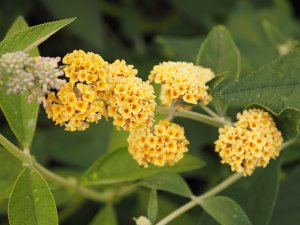
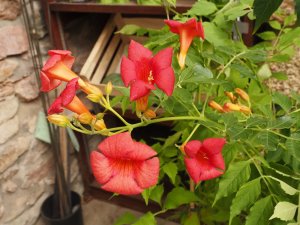
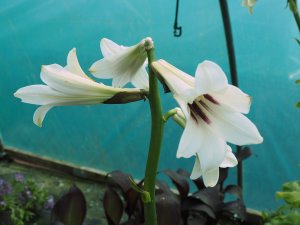
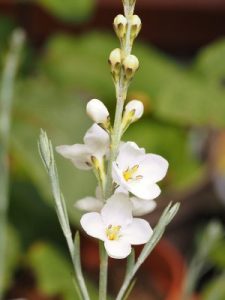
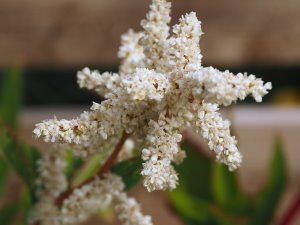
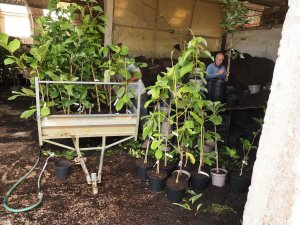
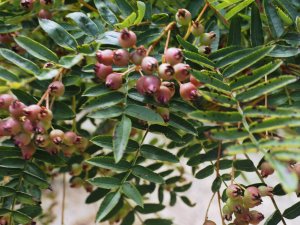
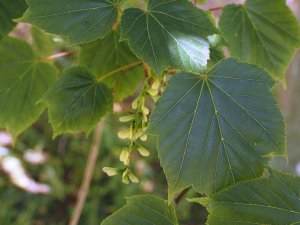
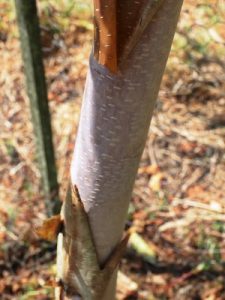
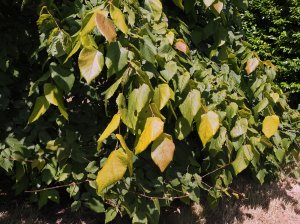
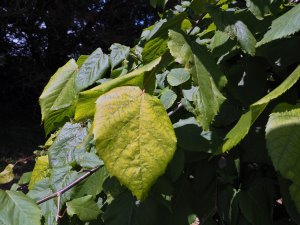
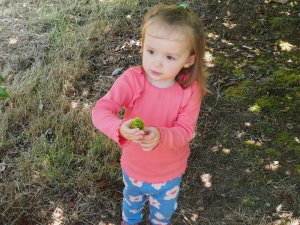
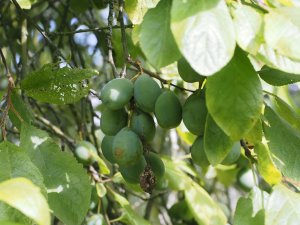
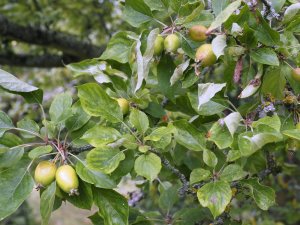
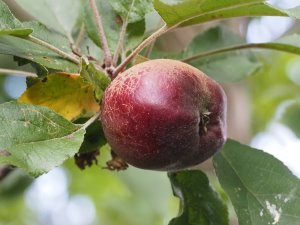
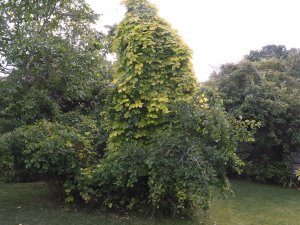
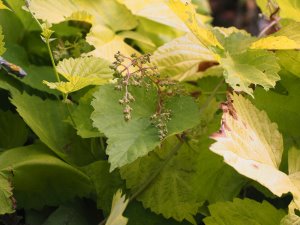
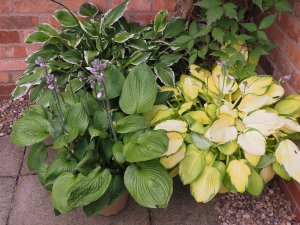
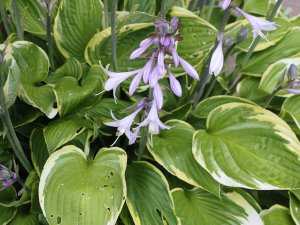
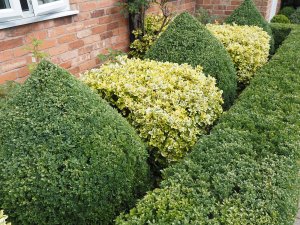
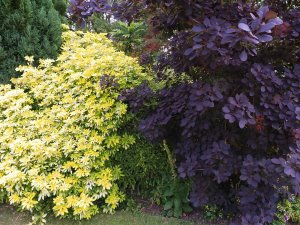
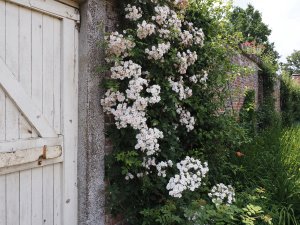
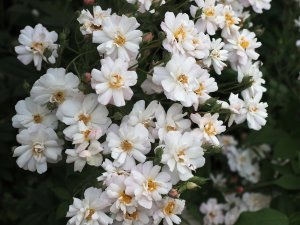
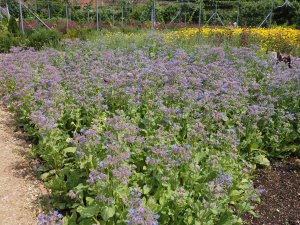
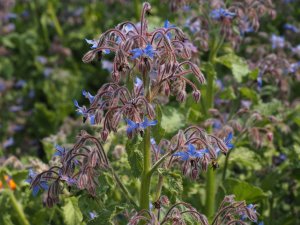
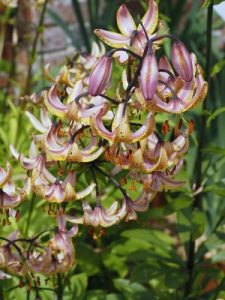
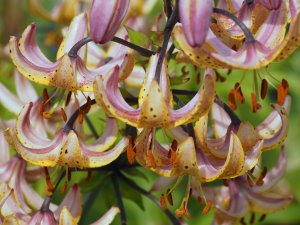
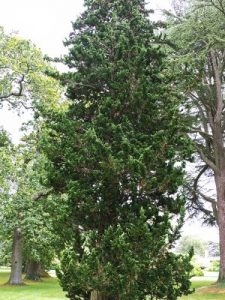
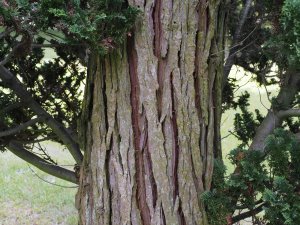
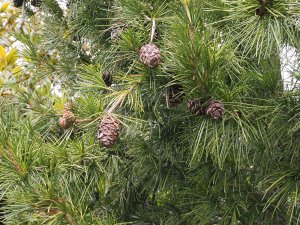
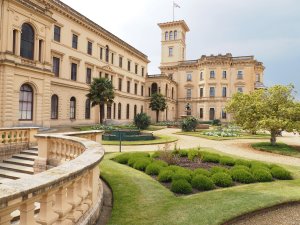

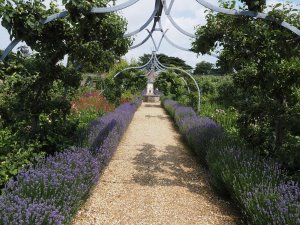
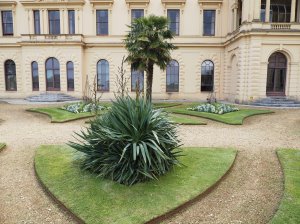
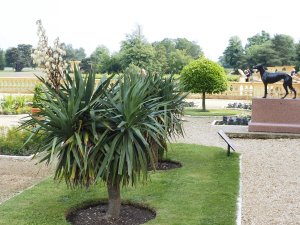
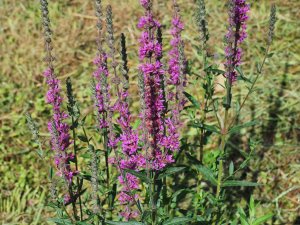
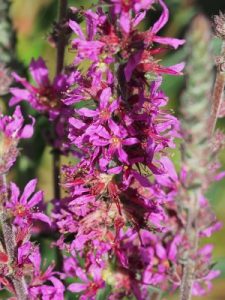
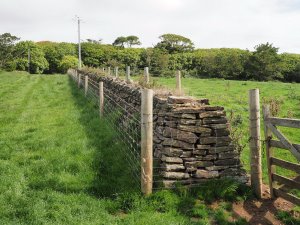
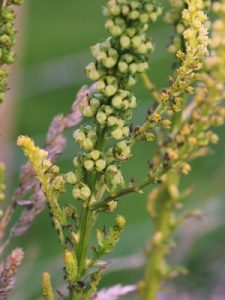
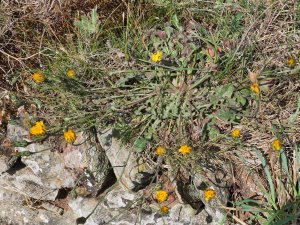
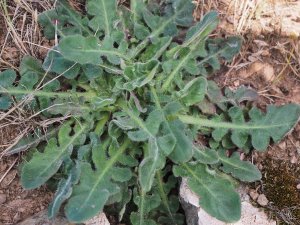
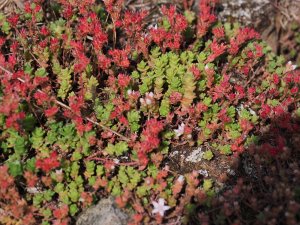
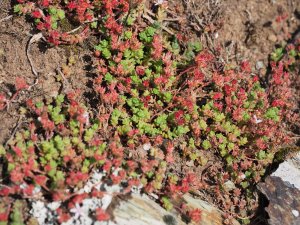
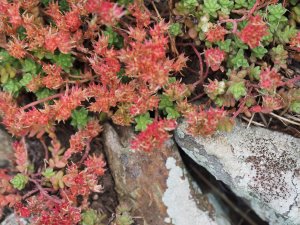
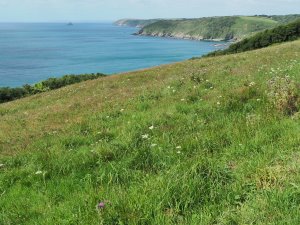
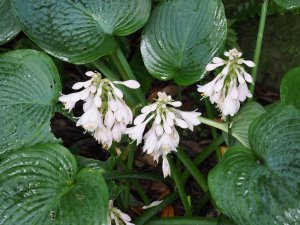
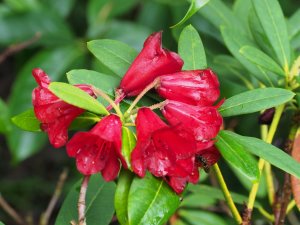
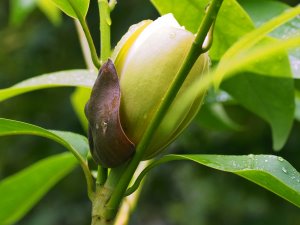
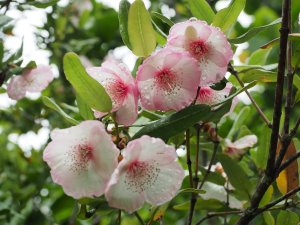
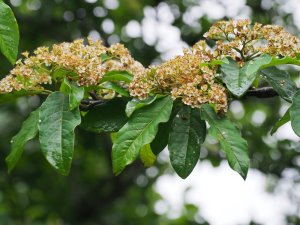
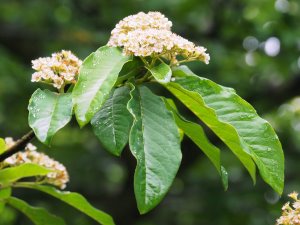
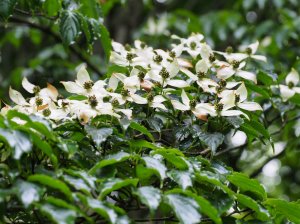
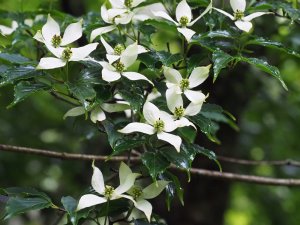
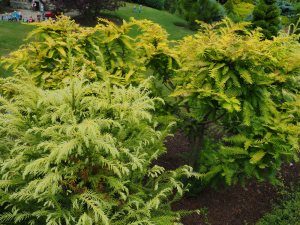
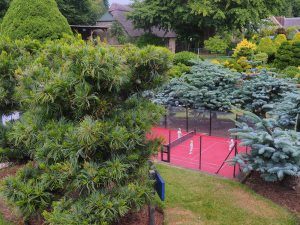
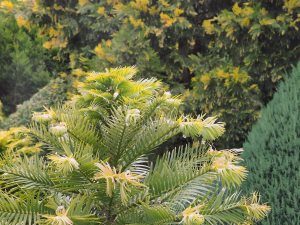
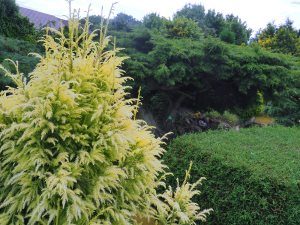
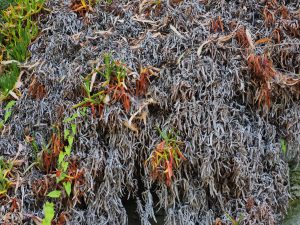
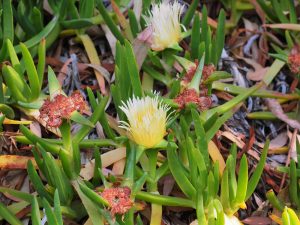
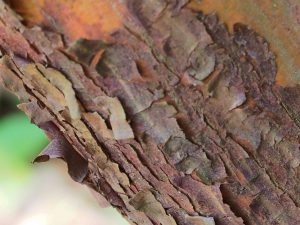
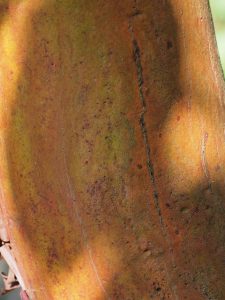
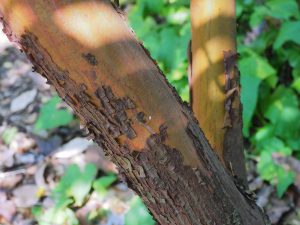
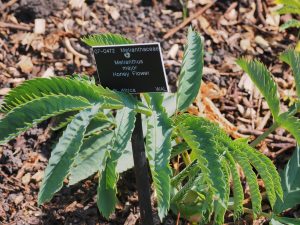
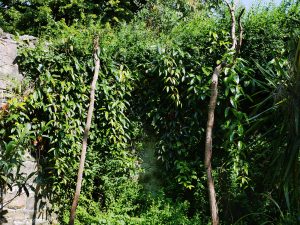
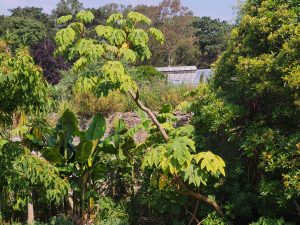
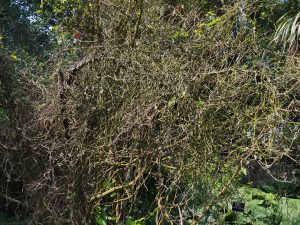
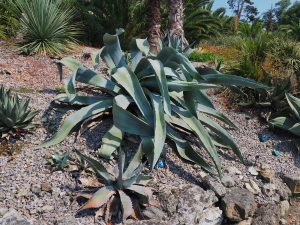
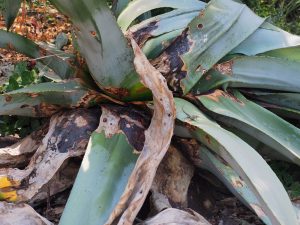
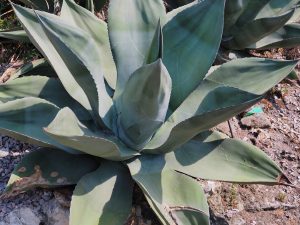
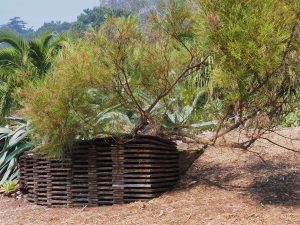
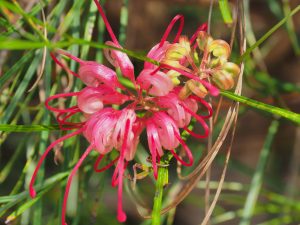
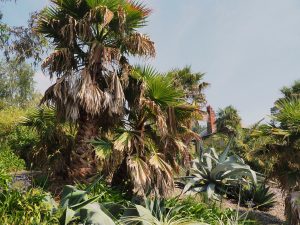
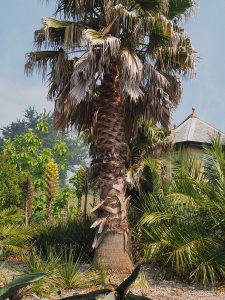
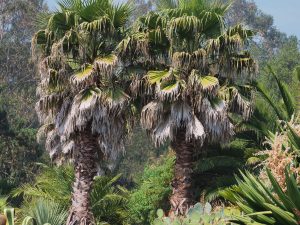
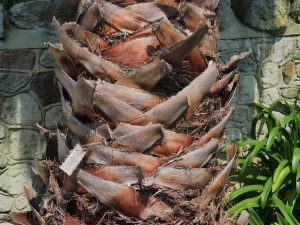
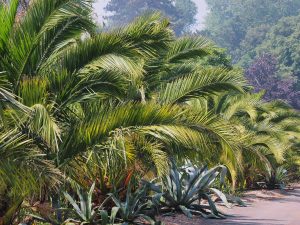
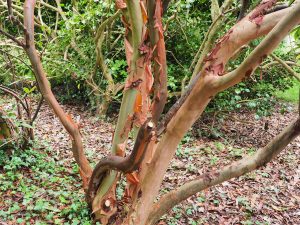
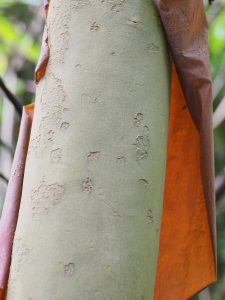
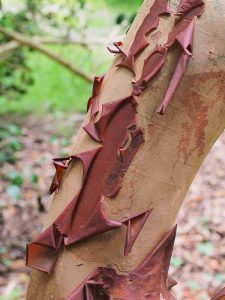
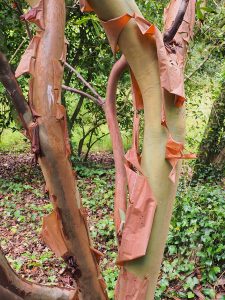
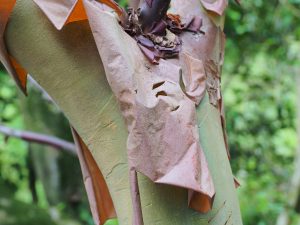
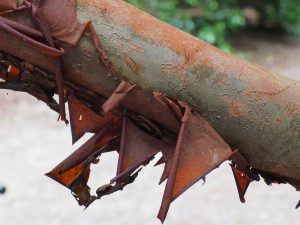
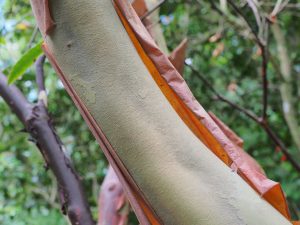
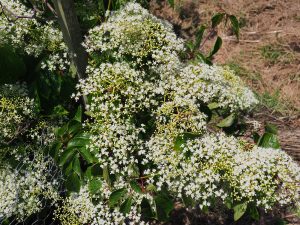
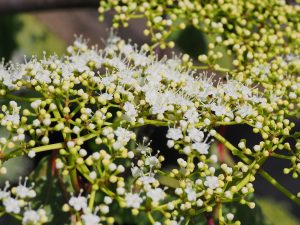
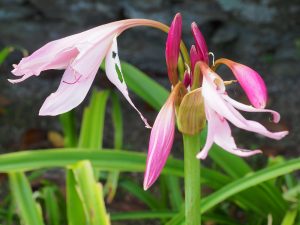
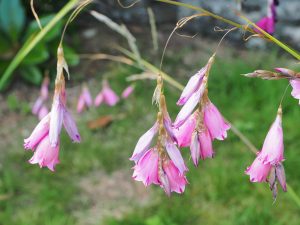
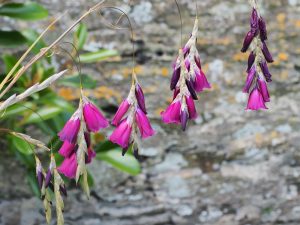
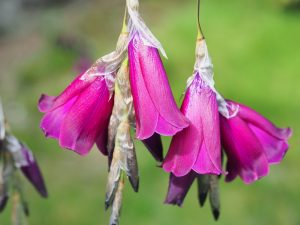
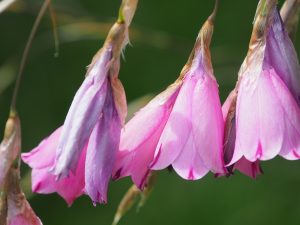
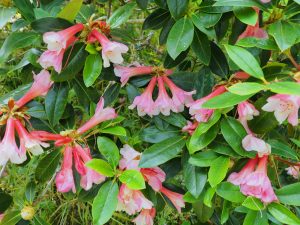
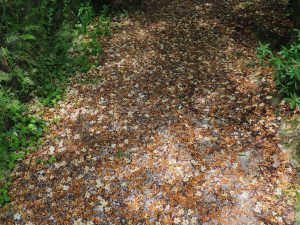
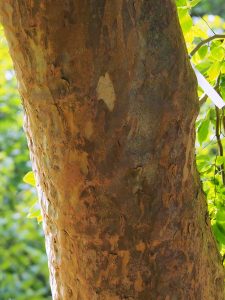
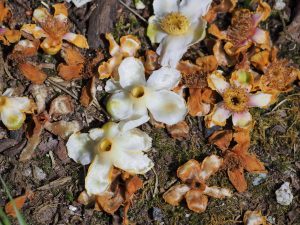
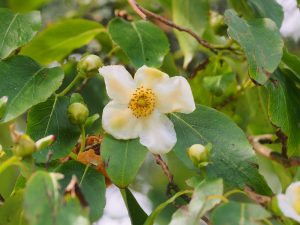
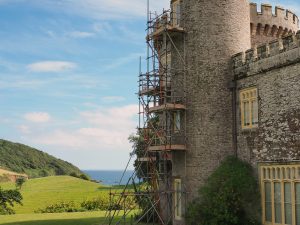


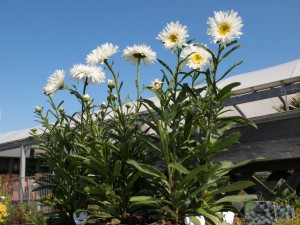
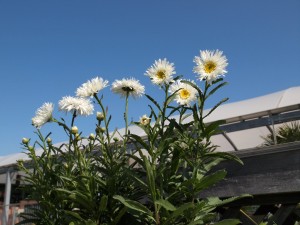
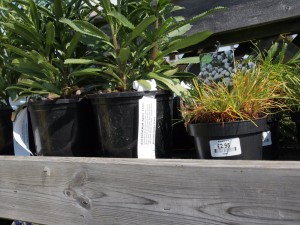
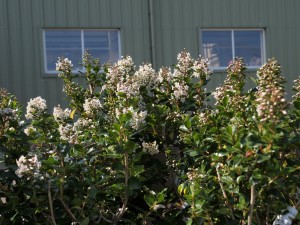
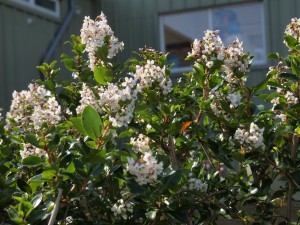
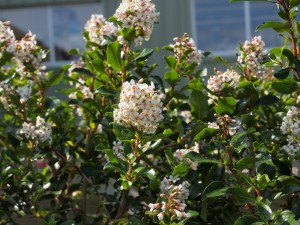
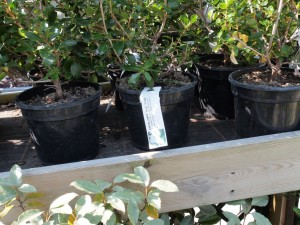
One thought on “8th July”
Comments are closed.